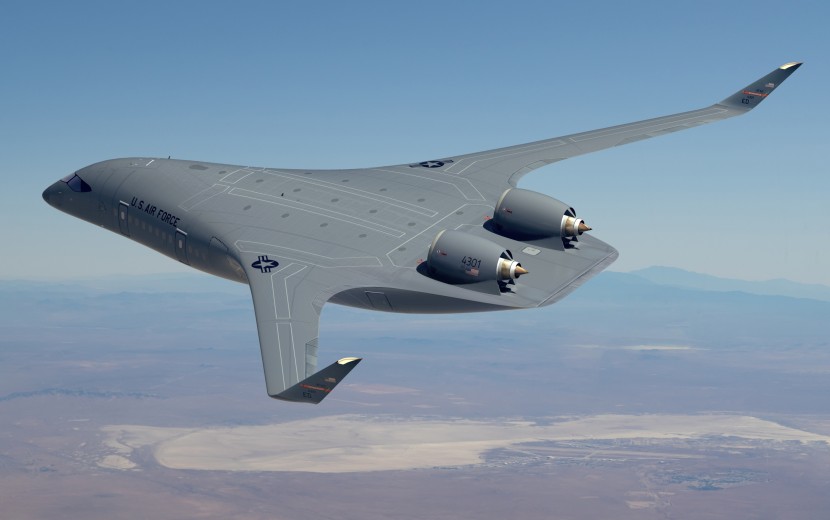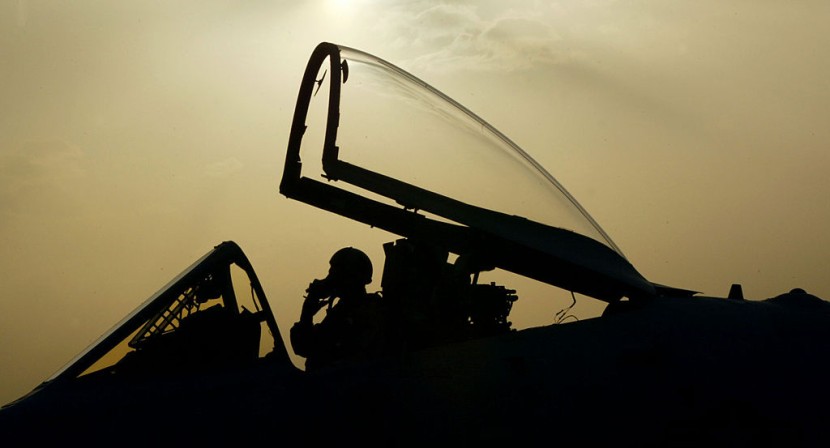The U.S. Air Force decided to award JetZero with a $235-million contract to build a new blended-wing body aircraft.
This was announced on Wednesday, Aug. 26. Officials said that the first demonstration of the aircraft's full-size version could happen as early as 2027.
US Air Force, JetZero to Build New Blended-Wing Body Aircraft

According to The Fortune's latest report, JetZero argued that traditional jets and airplanes are no longer fuel efficient.
The company, which also works with NASA and the FAA, explained that a new aircraft body design is needed as fuel prices rise.
During the recent briefing, officials stated that the JetZero demonstrator could determine if the blended-wing body (BWD) could be used in the U.S. Air Force's next-gen cargo airplanes and refueling tankers.
If the BWD design is really effective, there's a chance that cargo and passenger airlines could also add it to their airplanes to reduce fuel costs.
"The commercial industry is thirsty for solutions that aren't so thirsty for fuel," said JetZero CEO Tom O'Leary, who is also a co-founder.
The official said that the $235 million budget from the Air Force might not be enough to cover all the development and production expenses for the BWD aircraft.
This is why O'Leary confirmed that they will be having other private investments and partners that can contribute to their project.
Is Blended-Wing Body Aircraft Effective?

Unlike traditional airplanes and jets, which have divided body parts and wings, BWD aircraft has no clear dividing line between its main body and wings.
Via its official website, the U.S. Air Force explained that since BWD blends the main body into its high-aspect-ratio wings, the aerodynamic drag is reduced by at least 30%.
This provides the BWD airplane with additional lift, helping provide more fuel efficiency.
"Blended wing body aircraft have the potential to significantly reduce fuel demand and increase global reach," said U.S. Air Force Secretary Frank Kendall.
He added moving cargo and forces efficiently, quickly, and over long distances is essential to achieve national security strategy.
© 2025 HNGN, All rights reserved. Do not reproduce without permission.








